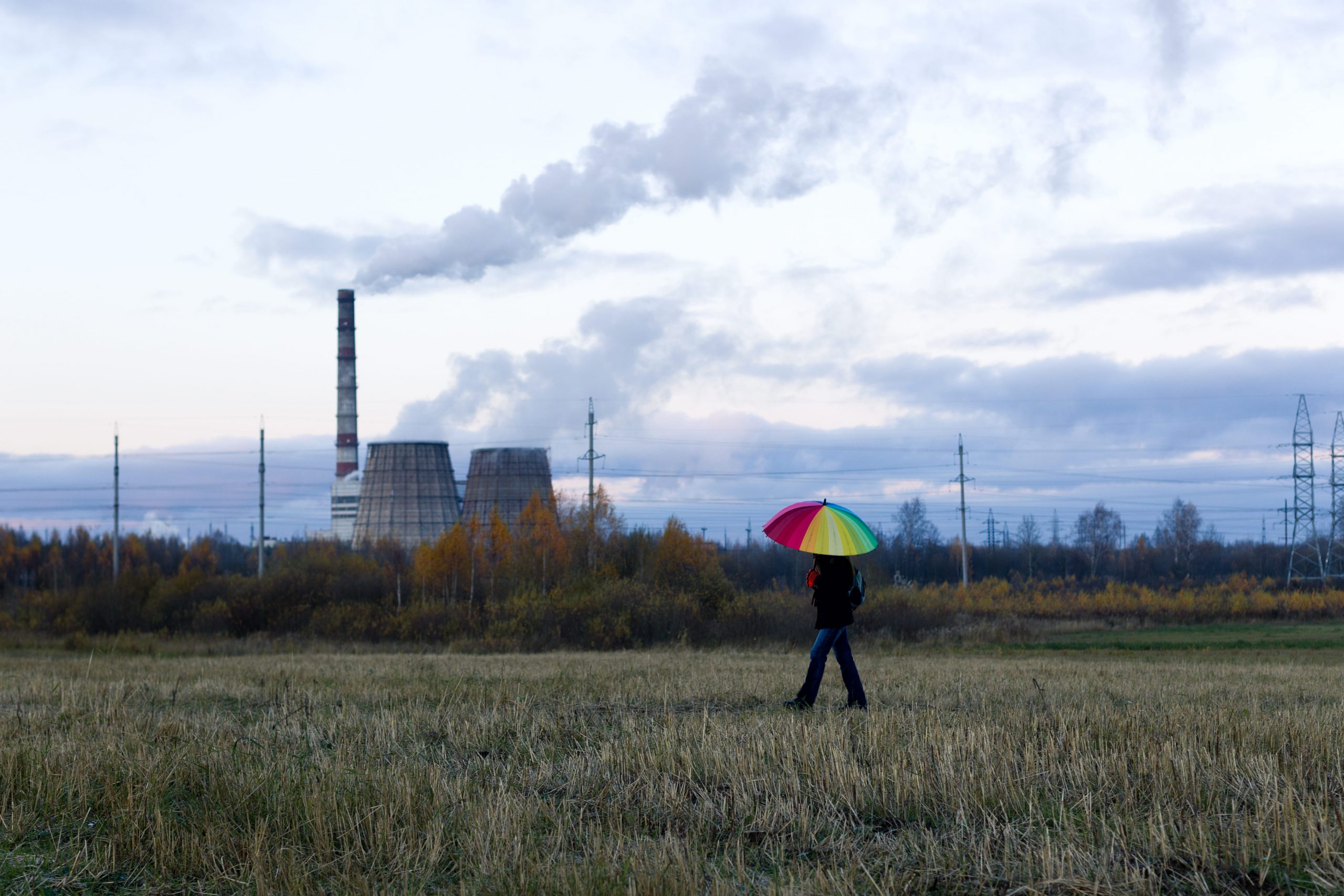Has Russia Unveiled a “Nuclear Umbrella” Over Belarus to Create a Casus Belli with Ukraine and NATO?
 The situation got worse
The situation got worse

Russia has effectively deployed a “nuclear umbrella” over Belarus, lowering the threshold for the use of nuclear weapons (NW). The updated Russian nuclear doctrine now “legitimizes” the use of NW against Ukraine and NATO countries. The mention of Belarus in this context is no coincidence: both Minsk and the Kremlin aim not only to prevent the transfer of military actions to Belarusian territory but also, if necessary, to utilize the tactical nuclear weapons (TNW) deployed in Belarus against Ukraine and NATO’s eastern flank. The updated Russian nuclear doctrine already includes a casus belli scenario, which could be triggered by the use of Ukrainian Armed Forces (UAF) drones.
On Wednesday, September 25, Vladimir Putin held a meeting of the Russian Security Council’s Standing Committee on nuclear deterrence. From his statements, it is clear that the updated State Policy Principles expand the category of states and military alliances subject to nuclear deterrence. Additionally, the list of threats for which nuclear deterrence is applied, as well as the conditions for Russia’s transition to the use of nuclear weapons, has been updated and clarified:
- Receiving verified information about a massive launch of aerospace attack systems towards Russia, such as strategic and tactical aircraft, cruise missiles, drones, hypersonic vehicles, and other flying apparatus, crossing the Russian border;
- Aggression from any non-nuclear state, but with participation or support from a nuclear state (a joint attack on Russia);
- Aggression against Belarus as an ally;
- A critical threat to Russian sovereignty posed by conventional weapons.
Thus, the updated nuclear doctrine establishes a new, lowered threshold for the Kremlin to use nuclear weapons in response to an attack by Ukraine, either with NATO-supplied weapons or with Ukraine’s own long-range weapons. These conditions also apply to any incursion by the UAF onto Russian territory, such as the recent UAF raid into the Kursk region. The Kremlin assumes that such actions occur with the explicit or tacit approval of the U.S. and NATO.
Moreover, Russia is extending its “nuclear umbrella” over Belarus, a move that will soon be formalized in a security guarantees treaty between Belarus and Russia, planned to be signed by the end of the year. This treaty will outline principles for the use of nuclear and conventional weapons, as well as other methods for defending the Union State. Putin’s mention of coordination with the Belarusian leadership, represented by Lukashenka, indicates that these nuclear weapon use conditions will apply to Belarus as well.
Despite the lowering of the nuclear threshold, it remains vague and broadly defined. Such formulations are undoubtedly designed to maintain ambiguity and psychological pressure on Western countries. The timing of the Kremlin’s announcement also seems aimed at influencing ongoing debates about the use of Western long-range weapons systems against Russian territory.
The mention of Belarus in the new nuclear doctrine is clearly intentional — it potentially legitimizes the use of nuclear weapons against Ukraine and NATO countries on the “eastern flank.” Now, the Kremlin can use the TNW deployed in Belarus not only in the event of aggression, although Minsk has not yet reported any signs of such preparations.
The purpose of extending the “nuclear umbrella” over Belarus is to deter Ukraine and NATO from retaliating by transferring military actions onto Belarusian territory, should the Kremlin decide to reopen the “Belarusian front” against Kyiv. In an extreme scenario, should deterrence fail, there is no doubt that the Kremlin would use the TNW already positioned close to its carriers in Belarus. Moreover, the inclusion of drone attacks against both Russia and Belarus as a new casus belli effectively sets the stage for the use of nuclear weapons against Ukraine and NATO.
Subscribe to our newsletter




Situation in Belarus
Constitutional referendum: main consequences


 Video
Video
How to count the political prisoners: are the new criteria needed?


 Video
Video
Paternalism In Decline, Belarusian Euroscepticism, And The Influence Of Russia


 Video
Video












